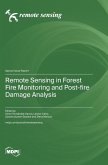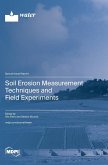Forest plantations are among the tangible solutions to meet the world's needs for timber and wood products (e.g., timber, firewood, pulp, and paper) and other ecosystem services that are constantly increasing and compensate for the loss of millions of hectares of forests caused by the increase in the severity and frequency of fires, insect attacks, and environmental stresses in humid, arid, and semiarid zones. Faced with these major constraints and challenges in the context of climate change, it is not enough to plant millions of seedlings, but we must ensure the genetic selection of seeds adapted to current and future climates, the morphophysiological quality of seedlings, the quality of sites, and the optimization of cultural as well as sylvicultural practices (e.g., from seeds to sustainable plantations) to achieve the objectives of various programs (reforestation and wood production; restoration of damaged, degraded, or destroyed ecosystems; desert greening; and agroforestry) in terms of survival, growth, and yield. This Special Issue deals with different facets and topics of the seedling production chain in different countries and continents, from growing media to planting performance related to reforestation, restoration, and agroforestry programs.
Hinweis: Dieser Artikel kann nur an eine deutsche Lieferadresse ausgeliefert werden.
Hinweis: Dieser Artikel kann nur an eine deutsche Lieferadresse ausgeliefert werden.








